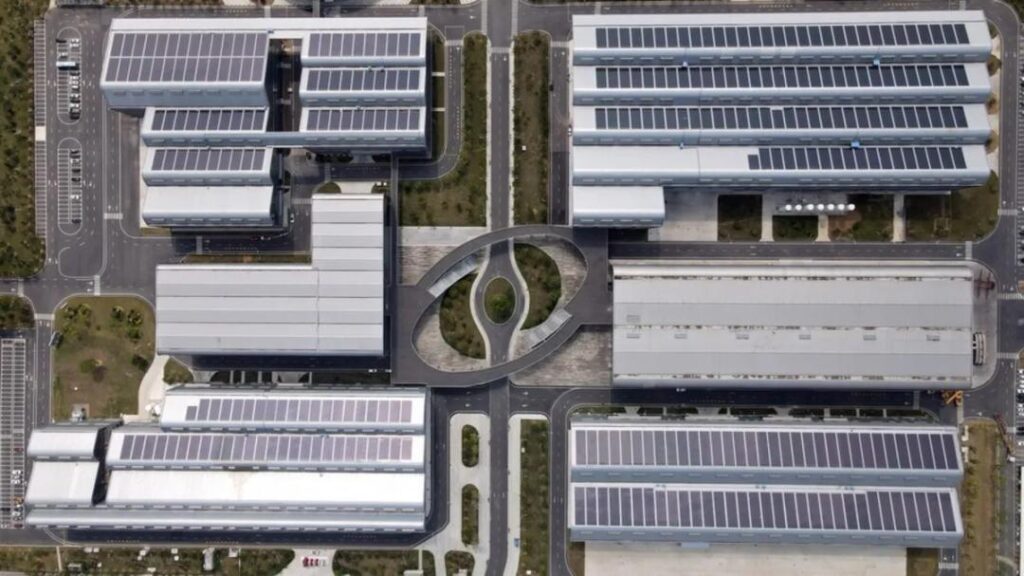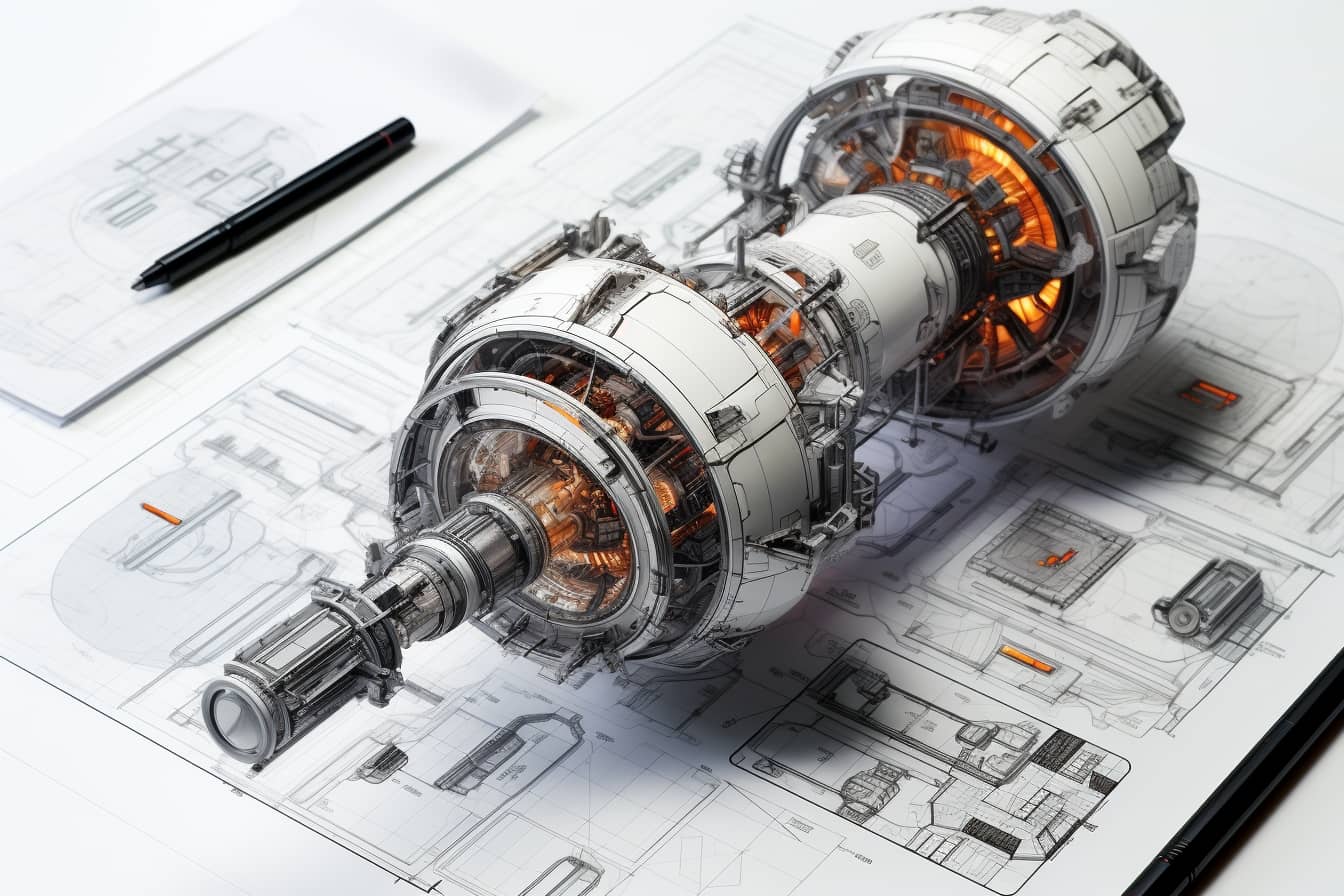Nuclear fusion is basically the process that powers the sun and stars. Now, imagine if we could replicate this process here on Earth to produce energy. That's exactly what China is trying to do with its CRAFT project in Hefei province, Anhui: in simple terms, China is trying to create an "artificial sun."
The promise of fusion
Nuclear fusion is the process in which two atomic nuclei combine to form a heavier nucleus. This reaction releases an immense amount of energy, similar to that produced by the sun. For decades, many power plants have been powered by nuclear fission energy, but it is fusion that offers significant advantages in terms of safety and sustainability.
If achieved successfully (we are proceeding gradually and with great caution) nuclear fusion could provide a clean and virtually unlimited source of energy. Unlike fossil fuels, an artificial sun produces no greenhouse gases or other air pollutants. And it does not produce radioactive waste.

CRAFT, the Chinese way to artificial sun
CRAFT, acronym which stands for Comprehensive Research Facility for Fusion Technology, is China's ambitious project to realize fusion power generation. Its construction, reports the Xinhua agency, it's already well underway.
Creating an artificial sun is no small feat, the many nations involved (including China) know something about it in the ITER project, which predicts results, perhaps optimistically, from 2035 onwards.
Fusion requires extremely high temperatures and pressures, far beyond what any known material can withstand. However, with innovation and determination, China is making significant progress in this field. If successful, they could not only revolutionize energy production in China, but around the world.
The province of the Sun
In Anhui, the province that is hailing the birth of CRAFT, there is another nuclear fusion plant called Experimental Advanced Superconducting Tokamak (EAST), which was previously known for breaking records in fusion power generation.
In December 2021, EAST claimed to be able to generate plasma at 70 million degrees Celsius (120 million degrees Fahrenheit) and hold it for 1.056 seconds, it reported Newsweek .
The construction of CRAFT (whose completion is expected in 2025) marks only the beginning of the race, it must be said, to the "Sol of the Future".


